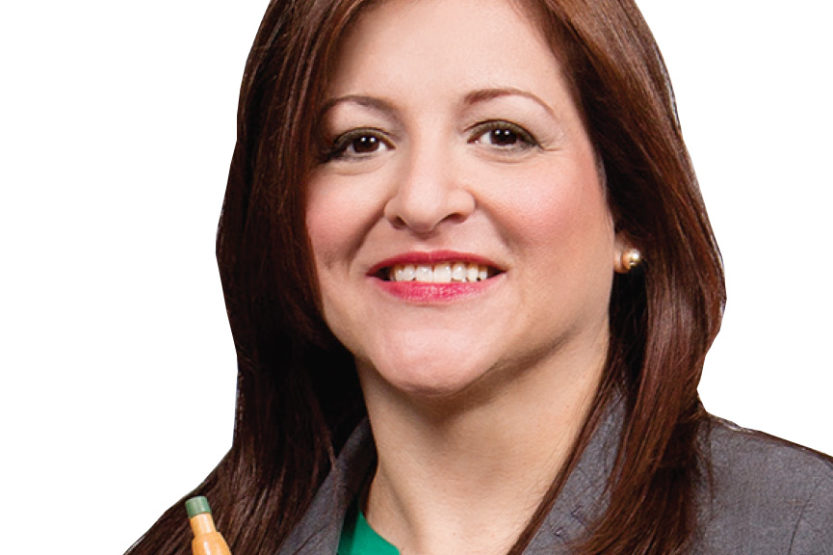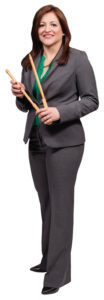In Class: Teachers’ Teacher
 College of Education professor Gloriana Gonzalez. (Image by L. Brian Stauffer)
College of Education professor Gloriana Gonzalez. (Image by L. Brian Stauffer) I teach Introduction to Teaching Mathematics in a Diverse Society, for undergraduates who are majoring in mathematics and pursuing a minor in secondary education because they want to be teachers. What I love about this course is that I see the enthusiasm of my undergraduates. They really want to change lives.
I try to make my undergraduates aware that mathematics is not just for some students. They need to discover ways of making mathematics interesting and engaging and relevant, to take into account all learners and value the concept that all students can be successful at learning mathematics.
Teaching is a profession where there’s a lot of isolation. They don’t even have a chance to talk to [their colleagues] in their daily life about their work. But teachers are also very knowledgeable—they are the people who know the curriculum best. Teachers learn about teaching through collaboration. Having the chance to share their expertise with one another is really important, and that’s what I’m trying to help them do.
I’m from Puerto Rico. I did my master’s at Cornell. After teaching at Milton Academy in Massachusetts for three years, I went back to Puerto Rico and taught for five years. I was a math teacher, and I focused on geometry because I found it so beautiful and fascinating.
I was also involved in professional development, and it gave me the opportunity to hear more about the perspectives of public-school teachers and the challenges that they face in their work. That prompted me to do my doctoral studies at the University of Michigan.
My research is about building a professional development model. [My research team and] I work with geometry teachers who are organized into study groups. The teachers view cartoons that we have produced about how to teach a problem-based lesson. They plan a lesson together, and we videotape what happens in that lesson. And then they discuss video clips of the lesson that show student thinking—how the students learn.
The cartoons are as short as two minutes and as long as five minutes. Each shows a snapshot of a high-school geometry lesson. We’re trying to get teachers to discuss how they could provoke students to consider other sources of prior knowledge, knowledge that is related to the mathematical work they’re doing.
For one lesson, teaching the concept of dilation, we interviewed the gamelan leader here at the U of I about Indonesian puppetry. We made a cartoon about how to set up a lamp and create shadow puppets so that each one has a particular height. Many students already have prior knowledge of making shadows on the wall. When we tested the problems in real classrooms, we found that students were excited about using shadow puppets to learn geometry.
We are working to make mathematics interesting and engaging to students. But it also can take a while for teachers to change their own practice. It can be very difficult sometimes for teachers to change their own practice because they don’t have the support to change.
Edited and condensed from an interview conducted on Nov. 20, 2014.


